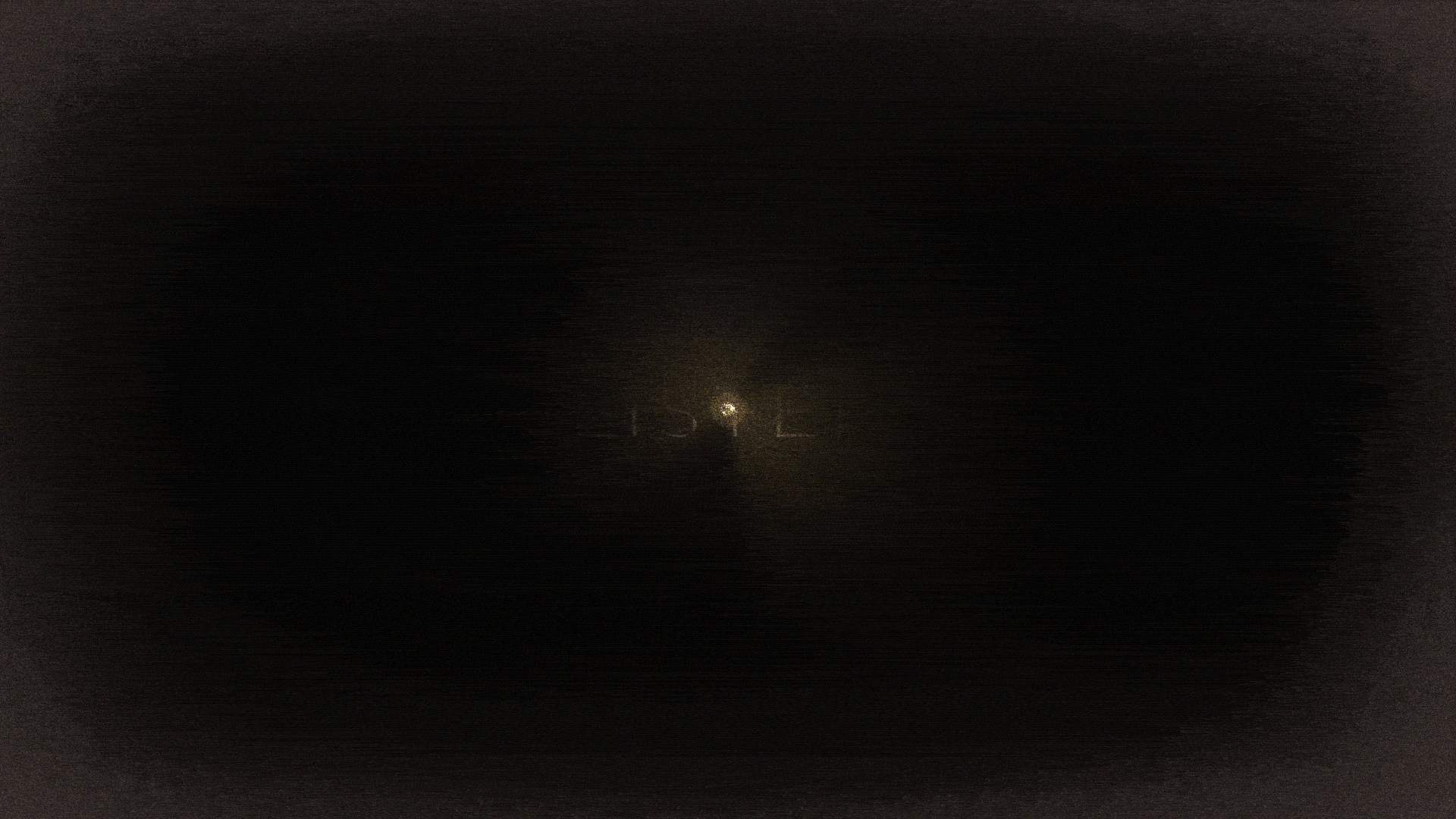Your mind is super creative. Free it to hear it.
How do you approach creativity? I used to sit down and expect that it’ll come pouring out on command. Like it was a superpower. And it could get really upsetting when nothing happened. Sometimes, I’d even feel as if I had a creative block. Looking back, I now know that my main issue was the mindset: we cannot actually be creative by the push of a button. However, we can instead live in a creative mind-state and learn to dissolve what’s preventing us from accessing that aspect. We’re all creative, but not everyone hears their »creative« self. Think of a moment when you try to remember a dream you’ve just woken from. When you try to force it, it digs in deeper and is lost forever. It’s the same with creativity. A space is needed, where creativity simply »is«.
The approach I’ve come to use daily, is a direct result of me stumbling upon Headspace about two years ago. It first introduced me to meditation and after doing additional reasearch and experimentation with both guided and unguided meditation, I’ve borrowed + condensed aspects of those practices into an excercise, that helps me live in a more creative mind-state. The excercise itself is unguided: this is how I approach and experience it:
I sit down with my back straight. I use a chair, a couch, or the side of a bed. It can be also be done standing or in a cross-legged position. My hands rest on my knees. I am comfortable, but remind myself to maintain my posture. My eyes are usually closed, but have found that open or half-closed eyelids work just as well.
1. Intention:
When I am comfortable, I remember the reason for doing today’s practice. Some days it’s to calm down or focus. Some days it’s to improve my realtionships. Some days it’s because I’m interested in an idea and I want to explore it. Working to maintain my posture interflows with intention. As I improve how I sit daily, my set intentions seem easier to achieve.
2. Breathing:
After the intention is set, I remind myself of my breath. I find the part of my body where I feel the movement of my breath the most. Up. And Down. It’s always there. I count to 10. 1 is »in«, 2 is »out«. When my mind wanders, I bring it back to the breath.
3. Letting go:
I then let go of the focus on the breath. I let my mind do whatever it wants. Sometimes it wants to think. Sometimes it shows random images. Sometimes it tells stories. I try not to get engaged in any of it. I let it play out. The duration varied overtime, but I’d say I started with 20-30 seconds, and am now more in the 1-1,5 minute sphere.
4. Repeat:
I repeat the interchange between breathing and letting go 3-5 times. Usually, the more times I do it, the more calm my mind is each time I let go, but at the same time, I get less reactive. Over time, I’m more prone to »see« an idea when it appears even outside meditation.
5. Welcome to the Real World:
After »letting go« for the last time, I open my eyes. I continue to sit in my posture and I observe any change in me (towards how I started the excercise). I try to observe any difference without judgment. In most cases, for the lack of a better term, I feel like I’ve unclodged the drain. The mental traffic has quietted down. I can hear the world and my mind clearer. I stand up and thus, finish the excercise.
This excercise is part of a longer traditional meditation technique (a version of it can be found at Headspace, too). As we practice it, we learn not to be as reactive and burdened by our thoughts - we see the space between the mind and us, simply »being«. The thoughts and ideas aren’t blurred and distorted anymore. They become clearer and are ours to reap. Although I still struggle with searching for the »creativity-ON« button sometimes, this excercise is a powerful tool that constantly reminds me of the most important lesson in creativity: listening should always come first.


